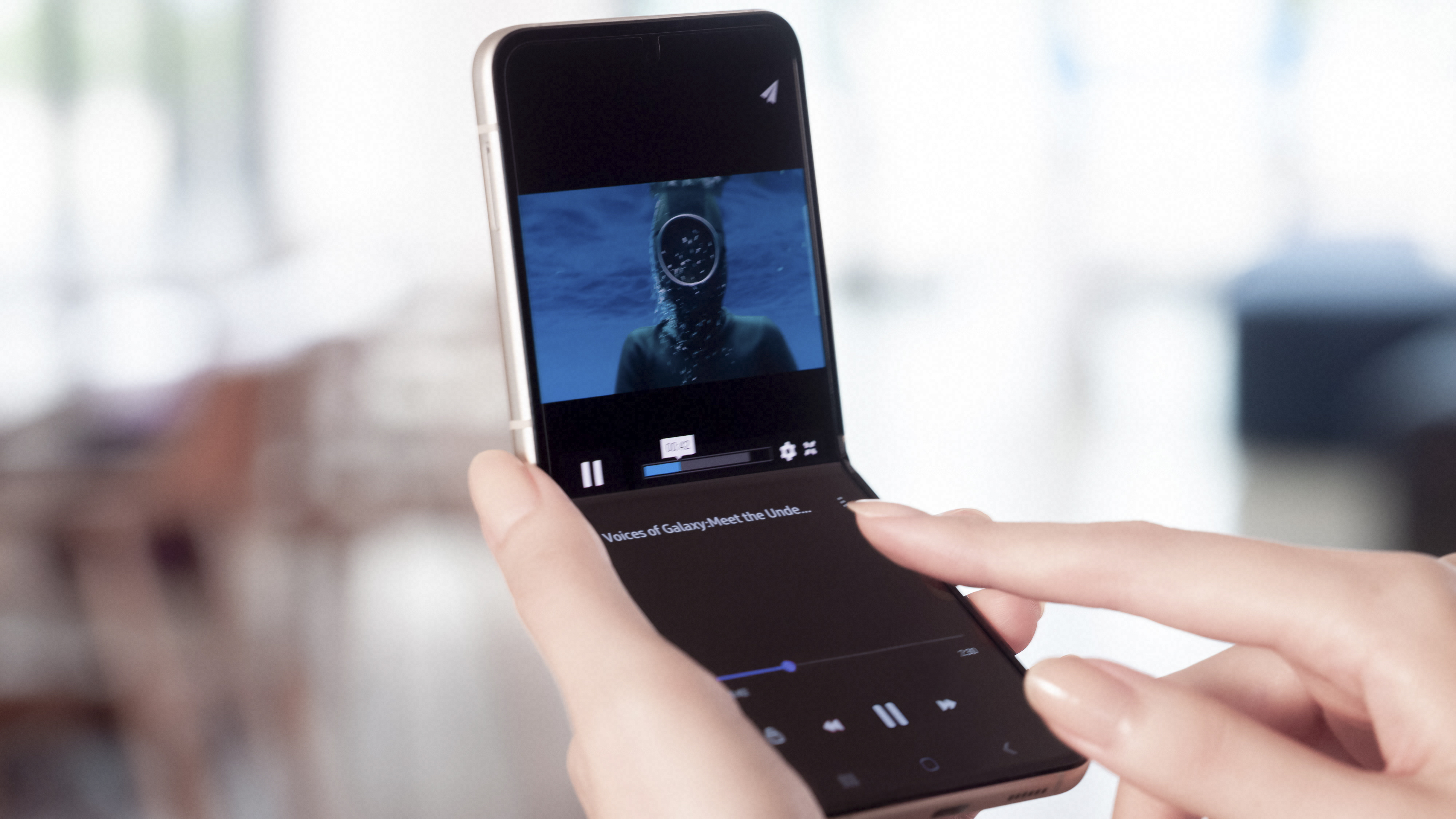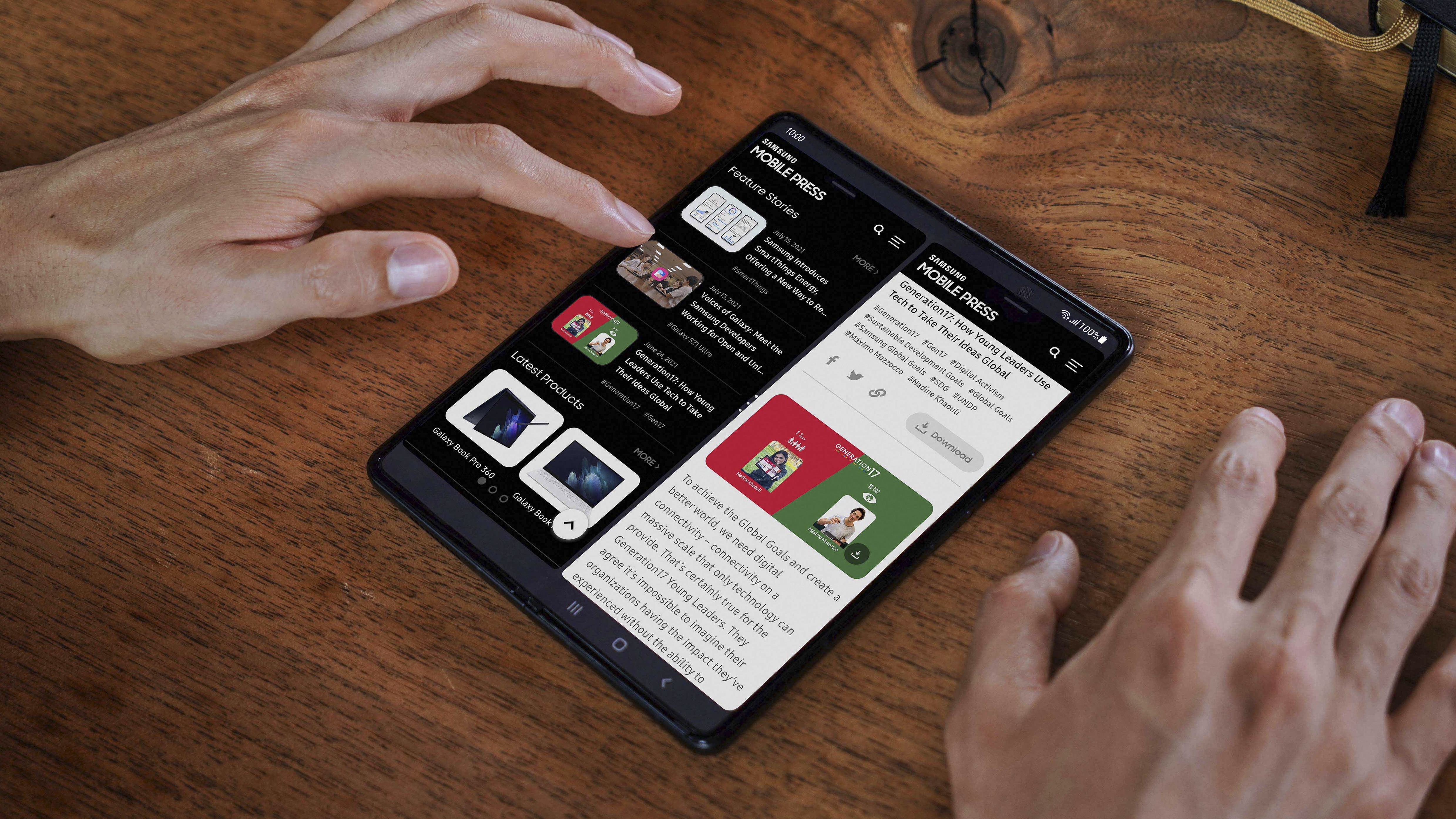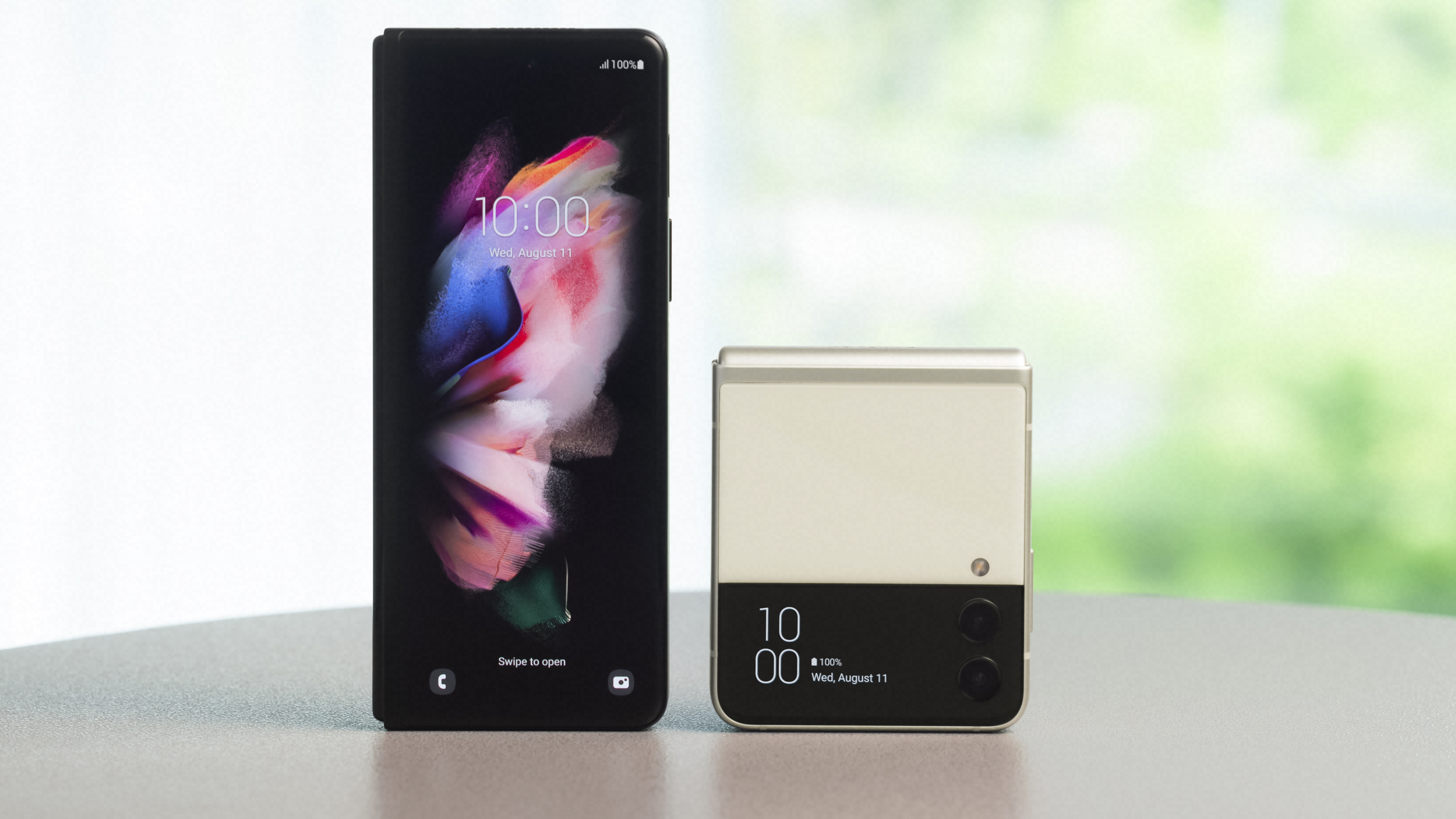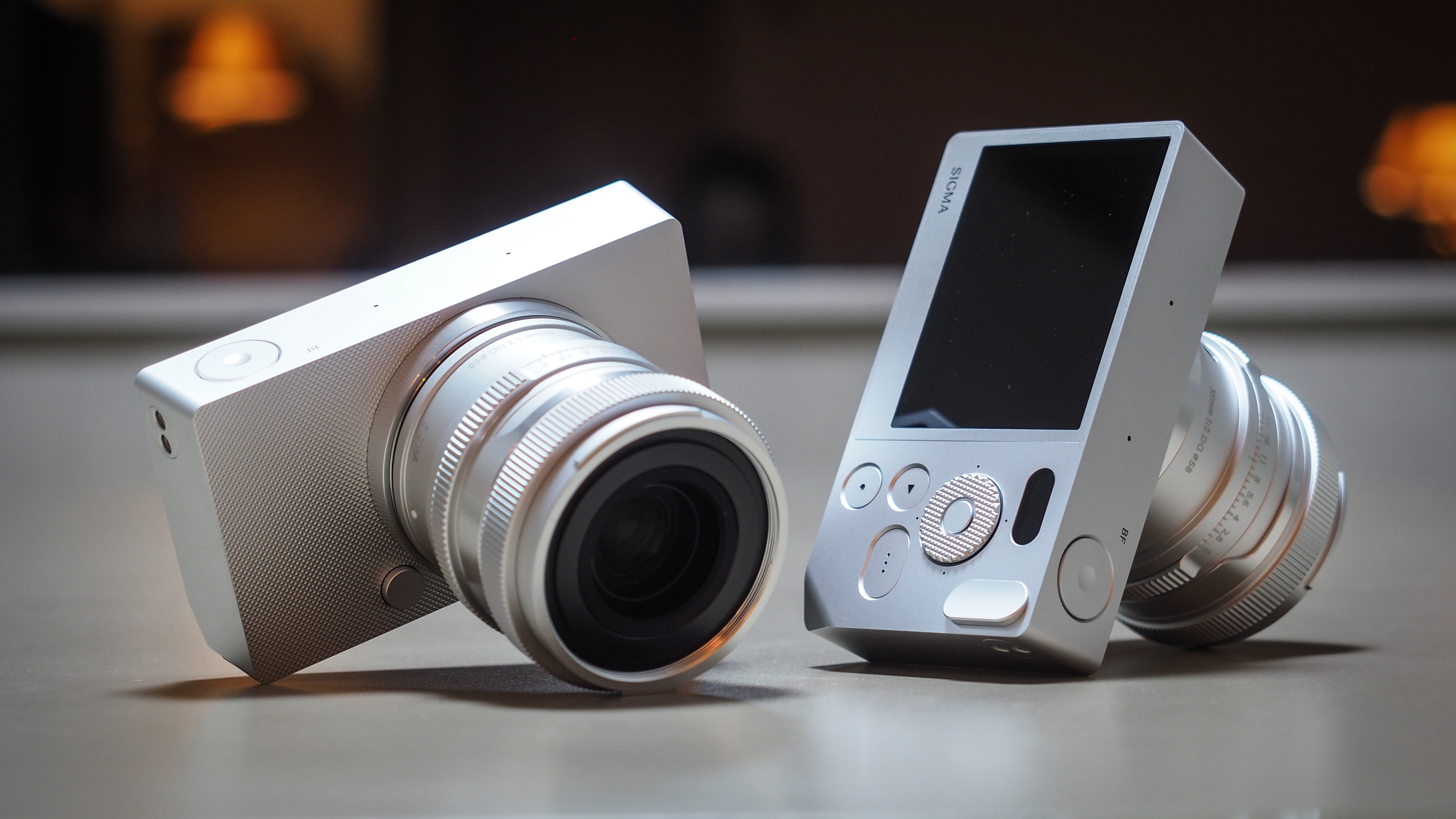Samsung Galaxy Z Flip 3 and Z Fold 3 open up with waterproofing & 12MP cameras
The Galaxy Z Flip 3 is Samsung’s most affordable Z foldable while the Galaxy Fold 3 introduces S Pen support to series

Samsung’s leading the charge on foldables having launched their third-generation devices – the Galaxy Z Flip 3 and Galaxy Z Fold 3 – while the competition is still watching how things pan out from a distance. We loved our time with the excellent Galaxy Z Fold 2, and while it wasn’t one of the best camera phones we’ve tested, it’s a cracking real-world example of what a folding future could look like.
Meanwhile, the Galaxy Z Flip was a proof-of-concept clamshell that undercut much of the foldable competition. This time around, while the Galaxy Z Fold 3 costs the same as the Z Fold 2 – $1,799 / £1,599 / AU$2,499, but the Z Flip 3 is the first mainstream foldable to cost less than $1,000 with a starting price of $999 / £949 / AU$1,499 for the 128GB model. Both 5G phones are available to order immediately.
Perhaps more impressive than the Z Flip 3’s price is the feature both it and the Z Fold 3 have in common – IPX8 water resistance. We’ve spent years thinking of foldables as fragile smartphones, but with this extra layer of protection, people might not think twice before picking up a foldable instead of a traditional smartphone.

Samsung Galaxy Z Flip 3
With a focus on fashion, you can pick up the Z Flip 3 in Cream, Lavender, Green and Phantom Black, as well as Grey, White and Light Pink. The phone sports a larger Cover Screen than the original Galaxy Z Flip, so it’s easier to see notifications and messages at a glance, and the front screen obviously works a treat for selfies too.
With two 12MP main camera sensors, one wide and one ultra-wide, while the camera misses out on telephoto imaging, it’s still loaded with some fun features. For starters, there’s a hands-free with Flex mode, achieved by half opening the phone, resting it on a surface, and either using the Cover Screen for selfies, or the main screen for long-exposure super steady landscapes. Additionally, there’s a dual photo or video mode, so you can capture and your subject can see themselves on the front display.
The Galaxy Z Flip 3 also enjoys a new 120Hz adaptive refresh rate on its 6.7-inch Dynamic AMOLED folding screen, complete with a 2636 x 1080 resolution for 425 pixel-per-inch clarity. Powered by a Snapdragon 888 chip, it’s also toting flagship power, and with up to 256GB storage and 12GB RAM, you’ll have plenty of space and memory for loads of apps

Samsung Galaxy Z Fold 3
On paper, the Galaxy Z Fold 3 is very similar to the excellent Galaxy Z Fold 2. Its core design matches, and it’s a similar size, with a tall, slender 6.2-inch, 120Hz Dynamic AMOLED cover display, and a 7.6-inch tablet inner display, which sports the first-ever under-display camera on a folding phone, so there are no punch holes or notches in sight, at least not on the flexible screen.
Get the Digital Camera World Newsletter
The best camera deals, reviews, product advice, and unmissable photography news, direct to your inbox!
The Z Fold 3's new inner display is around 29 percent brighter than that of the original, which should make for improved outdoor viewing, and the foldable also sports stereo speakers with Dolby Atmos tuning.
The phone’s durability also benefits from a protective film which makes it 80 percent more scratch-resistant according to Samsung, while on the front and back is Gorilla Glass 7. As for the chassis, the Z Fold 3 is made from Armor Aluminum and also makes the phone lighter, which is a big deal for a hefty two-in-one.
Under the hood, there’s 2021 power and what’s great is that there’s no difference in power between the global and US versions. Both feature Qualcomm Snapdragon 888 silicon.
If either pique your interest, you can order both phones right now or, read our hands-on reviews with the Galaxy Z Flip 3 and Galaxy Z Fold 3, and stay tuned for the full reviews coming soon.

Read more
• The best camera phones you can buy today
• The best Samsung phones in 2021
• The best budget camera phone
• The best burner phones
• The best phablet
• Which is the best iPhone for photography?
• Best phone cases
• Best wireless chargers
Basil Kronfli is a freelance technology journalist, consultant, and content creator. He trained in graphic design and started his career at Canon Europe before moving into journalism. Basil is also experienced in video production, independently running the YouTube channel TechEdit, and during his time at Future, he worked alongside the Digital Camera World team as a senior video producer.

